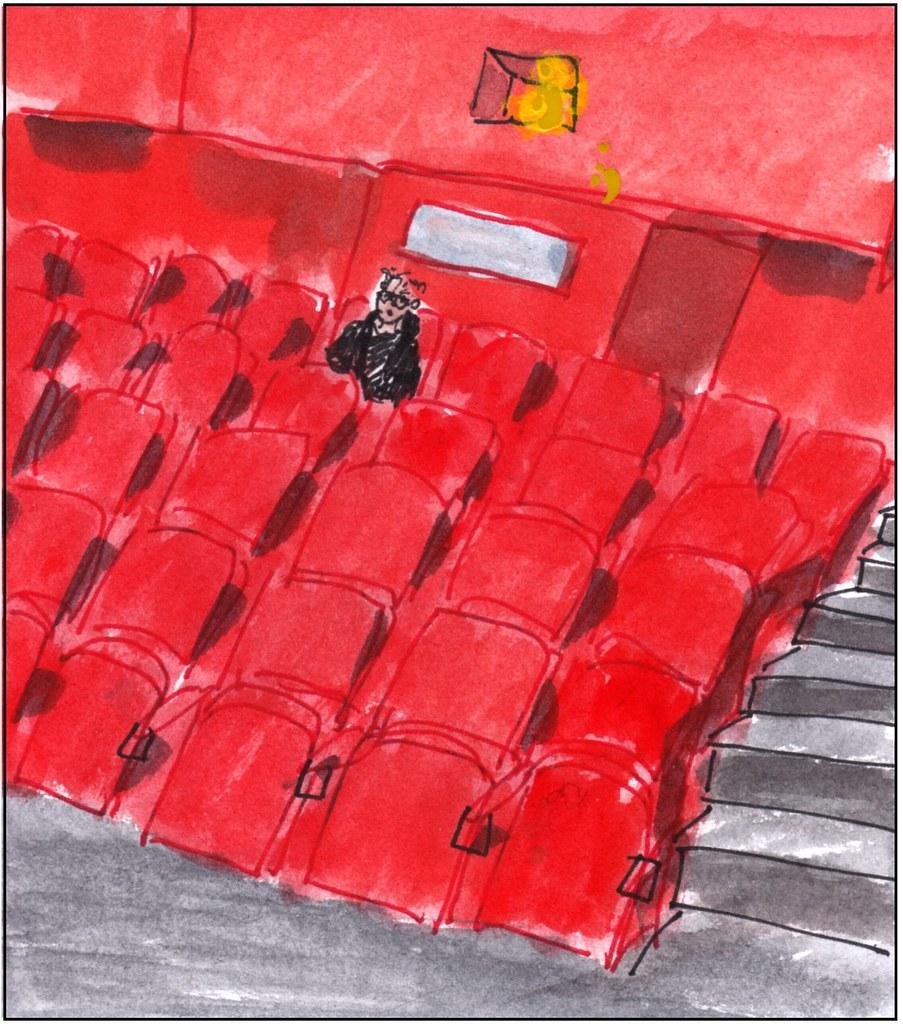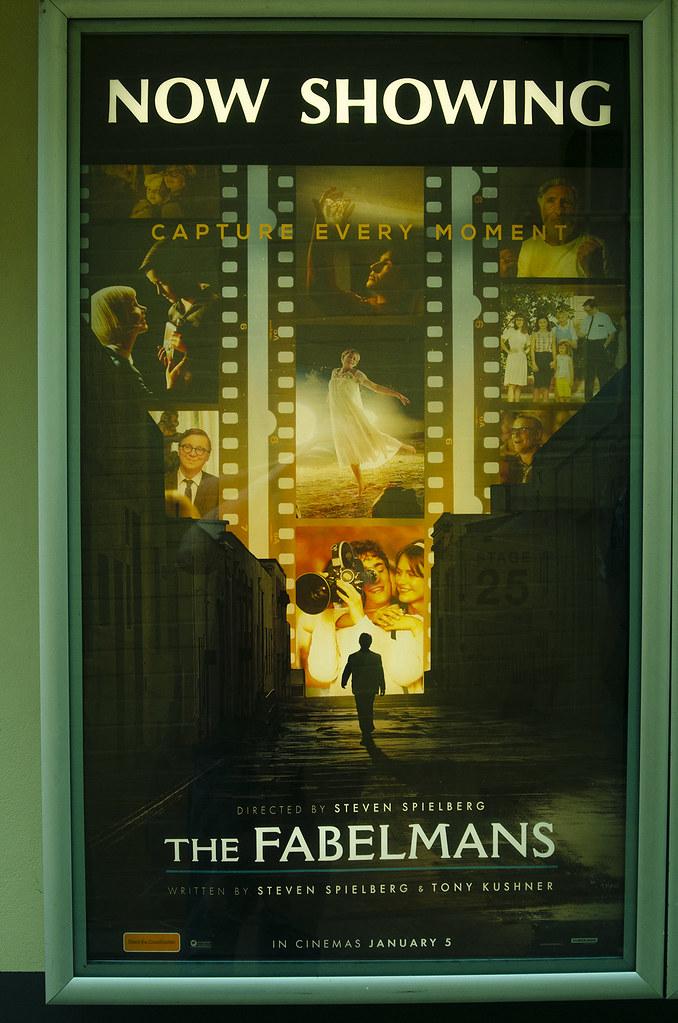In the vast tapestry of cinematic storytelling, few films manage to weave the intricate threads of personal history and universal emotion as masterfully as ”The Fabelmans.” Directed by the legendary Steven Spielberg, this semi-autobiographical masterpiece transcends mere celluloid to become a poignant exploration of family, creativity, and the relentless pursuit of dreams. As audiences immerse themselves in its evocative narrative, “The Fabelmans” emerges not just as a film, but as a blueprint for future filmmakers. It offers invaluable lessons in authenticity, narrative depth, and the delicate balance between spectacle and substance. In an era where visual effects often overshadow storytelling, “The Fabelmans” stands as a beacon, illuminating the path for others to follow. Let us delve into what this remarkable film accomplishes and how its successes should inform the craft of cinema for generations to come.
Crafting Authentic Narratives That Resonate
The magic of “The Fabelmans” lies in its ability to construct an immersive and relatable world, where viewers find themselves emotionally intertwined with the characters’ journeys. Unlike many films that rely heavily on visual spectacle, “The Fabelmans” takes a minimalist approach, focusing on the subtleties of human experience. The film excels in showcasing authenticity by drawing from real-life inspirations, grounding its narrative in relatable struggles and triumphs. This approach not only captivates audiences but also fosters a deep emotional connection, allowing viewers to see reflections of their own lives in the characters’ stories.
To achieve such authenticity, filmmakers can learn from “The Fabelmans” by embracing the following elements:
- Character Depth: Develop multi-dimensional characters with realistic motivations and flaws.
- Emotional Honesty: Present emotions and conflicts that resonate with real-world experiences.
- Personal Touch: Incorporate personal anecdotes or historical contexts to enrich the storyline.
- Simplicity in Storytelling: Focus on the core human experiences rather than overwhelming plots.
By integrating these elements, filmmakers can create narratives that not only entertain but also leave a lasting impact on audiences, inviting them to reflect and engage with the story on a personal level.

Mastering the Art of Emotional Storytelling
Steven Spielberg’s “The Fabelmans” offers a masterclass in emotional storytelling, a realm where many films struggle to leave a lasting impression. One of the key elements that sets this film apart is its ability to intertwine personal and universal emotions, crafting a narrative that resonates with audiences on multiple levels. By drawing from Spielberg’s own life experiences, the film blurs the line between fiction and reality, making the emotions portrayed not just seen, but deeply felt. This approach allows viewers to connect with the characters in a profoundly personal way, fostering a sense of empathy that lingers long after the credits roll.
- Authenticity: The film’s authenticity is palpable, achieved through genuine character development and realistic dialogues.
- Relatability: By focusing on universal themes such as family, ambition, and loss, it creates a relatable narrative that transcends cultural boundaries.
- Visual Storytelling: The use of visual metaphors and cinematic techniques enhances the emotional depth, allowing the audience to experience the story beyond words.
In the art of emotional storytelling, “The Fabelmans” stands as a beacon, illustrating that to touch the heart, a film must first be willing to bare its own.

Elevating Cinematic Experience Through Subtlety
The brilliance of “The Fabelmans” lies in its masterful use of subtlety to craft a profound cinematic experience. Rather than relying on grandiose effects or overt dramatization, the film excels through its delicate storytelling and nuanced character development. This is a testament to the power of restraint, where less is more, allowing the audience to engage deeply with the narrative and form their interpretations. Filmmakers can learn from this approach by focusing on the following:
- Visual Nuance: Utilizing visual storytelling to convey emotions and themes without explicit dialogue.
- Character Depth: Developing complex characters whose arcs unfold naturally, inviting viewers to explore their inner worlds.
- Sound Design: Employing sound as a subtle yet potent tool to enhance mood and tension, rather than overshadowing the scene.
- Pacing: Crafting a rhythm that allows the story to breathe, giving the audience time to absorb and reflect on the unfolding events.
By embracing these elements, filmmakers can create a rich tapestry that resonates on a deeper emotional level, inviting audiences to not just watch, but truly experience the film.
Harnessing the Power of Personal History
In an era where storytelling often gravitates towards larger-than-life narratives, The Fabelmans takes a refreshing detour by tapping into the intimate realm of personal history. This film, directed by Steven Spielberg, demonstrates the transformative power of drawing from one’s own experiences. It offers a masterclass in how filmmakers can leverage the raw authenticity of personal anecdotes to create a universal resonance. Instead of relying on grandiose plots, the film zeroes in on the nuanced moments that define a person’s life, weaving them into a tapestry that speaks to the audience on a deeply personal level.
Filmmakers can learn several key lessons from this approach:
- Embrace Authenticity: By rooting narratives in personal truths, films can evoke genuine emotions and connections.
- Highlight Relatability: Stories based on real-life experiences often contain universal themes that audiences can easily relate to.
- Focus on Detail: Personal stories allow for a richness in detail that can make characters and settings more vivid and compelling.
By , films can transcend mere entertainment to become profound reflections of the human experience. The Fabelmans sets a benchmark for how personal storytelling can be both deeply intimate and widely appealing.




